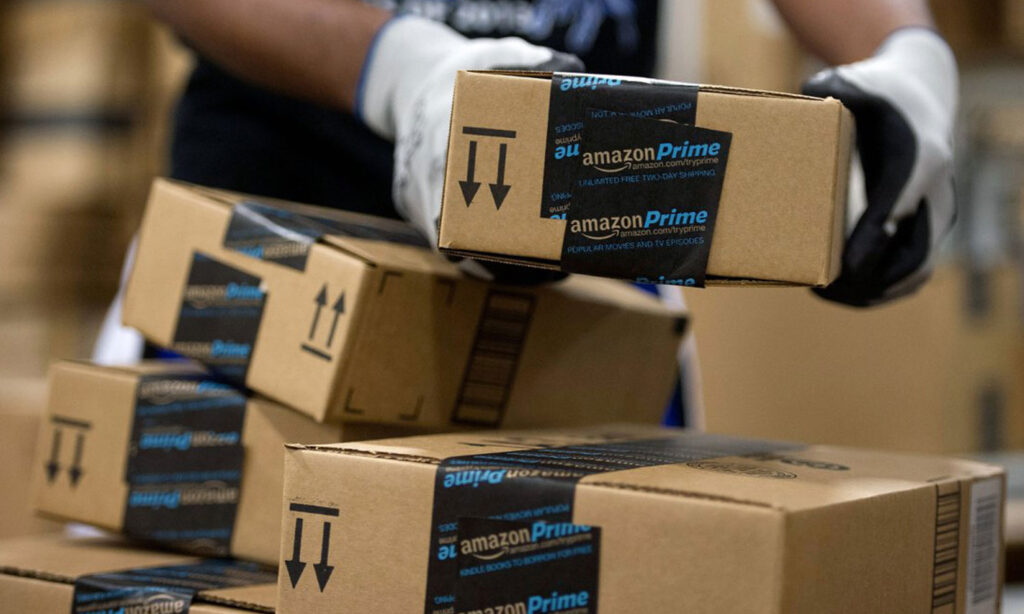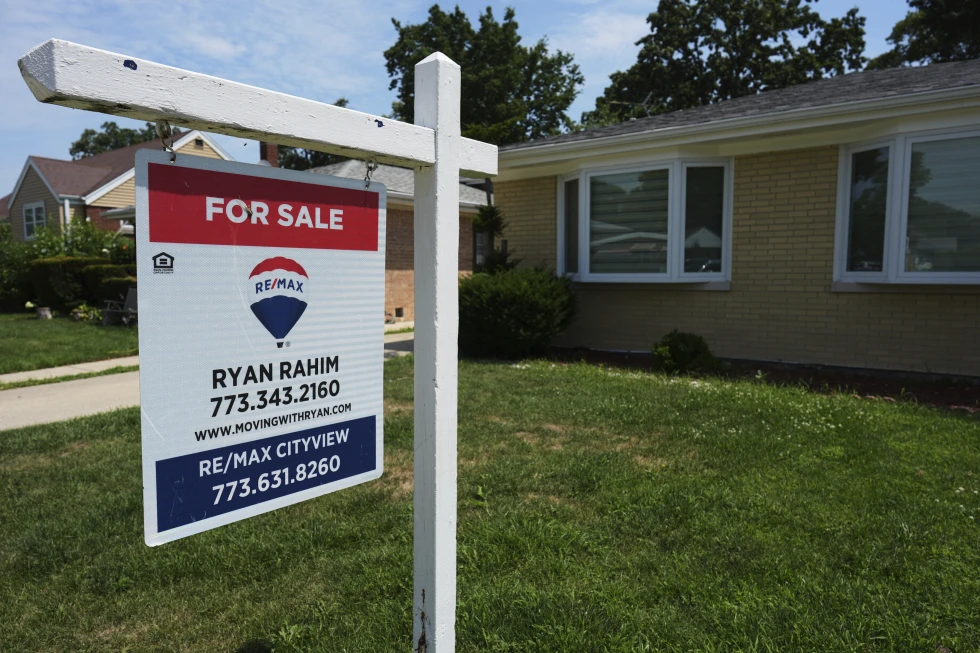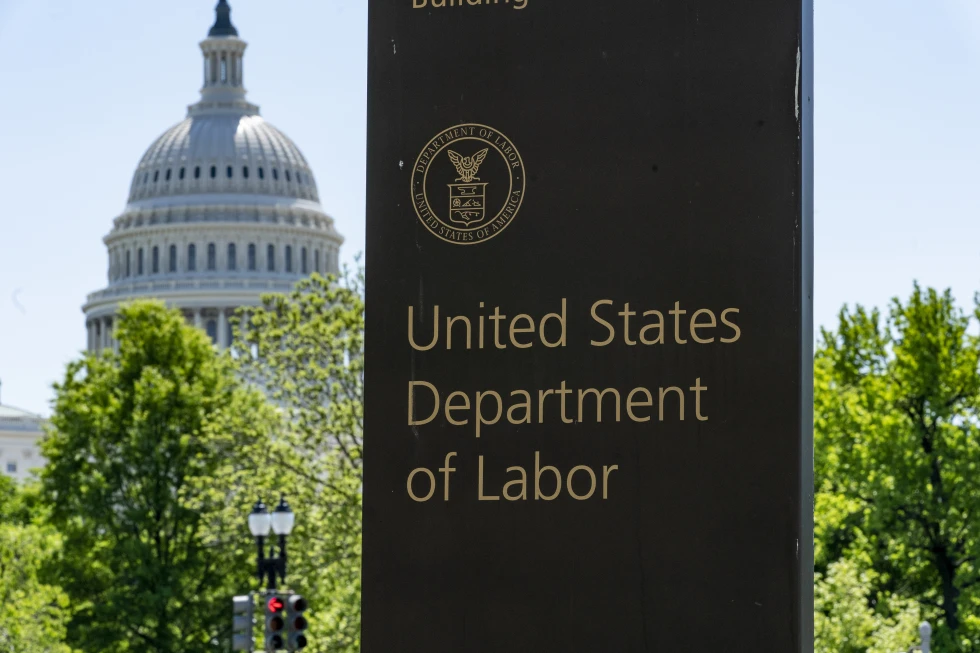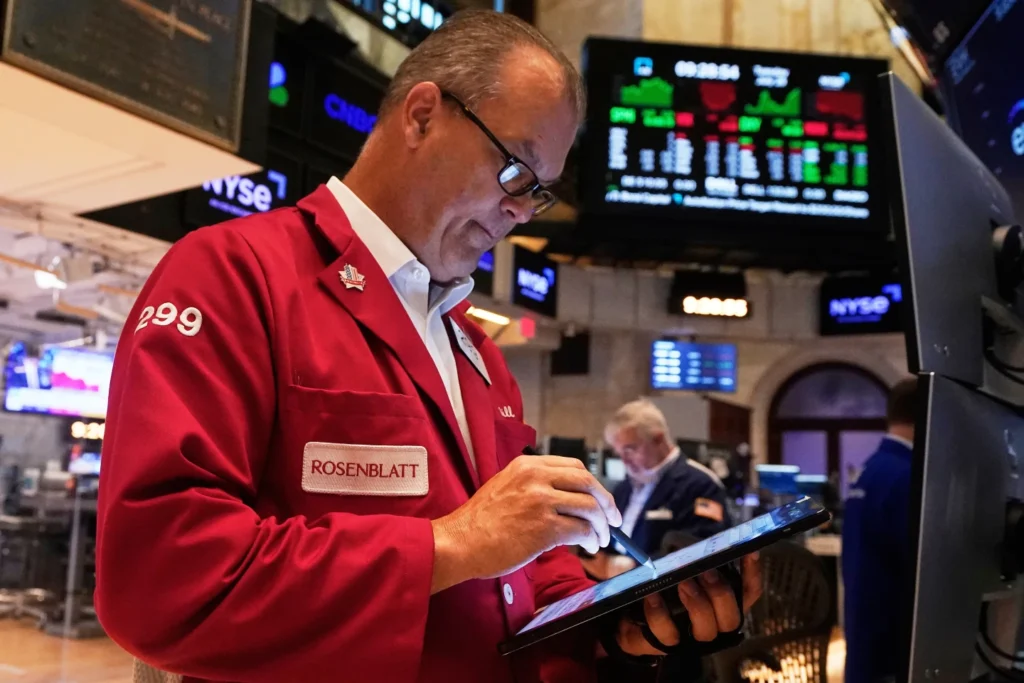China-Made Goods on Amazon Climb Faster Than Inflation, Data Shows

Prices for Chinese-manufactured goods sold on Amazon.com are rising at a pace that exceeds overall inflation, according to a new analysis by analytics firm DataWeave. The findings suggest that recently implemented tariffs under President Donald Trump’s administration are beginning to impact everyday American consumers.
The study analyzed more than 1,400 Chinese-origin products sold to U.S. buyers through Amazon and revealed a 2.6% increase in median prices from January through mid-June. By comparison, the core Consumer Price Index (CPI) for goods — which excludes services — rose just 1% over the same six-month period, indicating a pronounced uptick in goods sourced from China.
“This is the first broad-based price step-up we’ve seen,” said DataWeave CEO Karthik Bettadapura. “Even modest duties can translate quickly when margins are thin and inventory turns are fast.”
The pricing trends emerged most sharply in May and accelerated into June, aligning with the timeline of tariff escalation. Categories such as home goods, electronics, and school supplies were among the most affected. For example, the median price of a Hamilton Beach electric kettle jumped from $49.99 to $73.21, while a GreenPan frying pan more than doubled to $31.99.
The analysis focused on a sample of 1,407 products identified by their clear country-of-origin tags. Of these, 475 items saw price increases, 633 remained stable, and 299 saw decreases. The broader data set included over 25,000 goods listed by both Amazon and its third-party sellers — who now account for more than 60% of all items sold on the platform.
While Amazon disputed the implications of the analysis, stating that its platform contains “hundreds of millions of products” and that prices fluctuate routinely, major U.S. retailers have echoed concerns about the impact of tariffs. Walmart, Macy’s, and Nike have all warned of or already implemented price hikes to offset increased import costs.
Trump has defended his tariff strategy, framing it as essential to revitalize domestic manufacturing and reduce U.S. dependency on foreign suppliers. The current U.S. tariff landscape includes a universal 10% rate, 25% on cars and auto parts, and 50% on steel and aluminum products. Additional duties on steel took effect June 23, raising concerns about upcoming price surges on household essentials like cookware and small kitchen appliances.
Retailers, however, remain cautious. With U.S. consumer sentiment still fragile and interest rates high, many firms are hesitant to fully pass on the cost increases. In May, both retail trade sales and overall consumer spending unexpectedly declined, adding pressure to an already strained economic environment.
“We believe firms are likely opting to delay price increases,” wrote Bank of America economist Claudio Irigoyen earlier this month, highlighting the balancing act retailers face between absorbing costs and alienating price-sensitive consumers.
Amazon CEO Andy Jassy noted in May that the company had worked with sellers to pre-empt tariff shocks by accelerating domestic fulfillment strategies, stating that Amazon remains “maniacally focused” on price competitiveness.
But with core prices for China-made goods now rising faster than the inflation rate, the burden may increasingly fall on American households already grappling with a higher cost of living.
By Staff Writer, Courtesy of Forbes | June 30, 2025 | Edited for WTFwire.com
Source: Reuters
: 48







